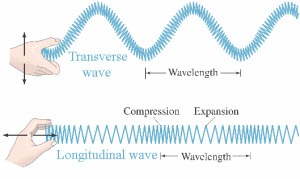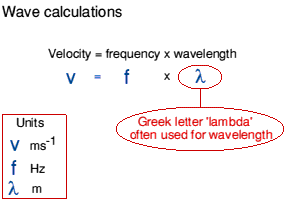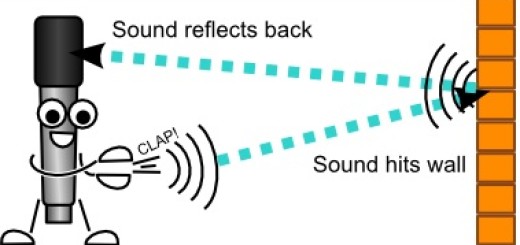The law of the wave propagation
Some concepts related to the wave motion and its properties
In the transverse pulse, If the displacements associated with the wave disturbances move in a direction perpendicular to the wave motion, So, The wave is the transverse wave, In the longitudinal pulse, If the displacements associated with the wave disturbances move in a direction parallel to the wave motion, So, The wave is the longitudinal wave.
The wavelength (λ) of the transverse wave is the distance between two successive crests or troughs, The wavelength (λ) of the longitudinal wave is the distance between the centers of two successive compressions or rarefactions, and the measuring unit of the wavelength is “metre”.
The amplitude of the wave is the maximum displacement achieved by the medium particles away from their rest positions, and its measuring unit is “metre” or “centimetre”.
The wave velocity is the distance covered by the wave in one second, and the measuring unit of it is metre per second (m/s), The wave velocity represents the velocity of the transfer of the energy carried by the wave.
The wave velocity is constant through the same medium, but it changes from one medium to another, The velocity of the sound through the gases (the air) is smaller than that through the liquids, The velocity of the sound through the liquids is smaller than that through the solids.
The wave frequency is the number of the waves produced from the source in one second, The measuring unit of frequency is “Hertz”, and the periodic time of the wave is the time of one wave.
The law of the wave propagation
It is the relation between the wave velocity (V), its frequency (F) and the wavelength (λ) in the wave motion.
The distance covered by the wave in one second (V) = the number of the waves produced in one second (F) × wavelength (λ).





